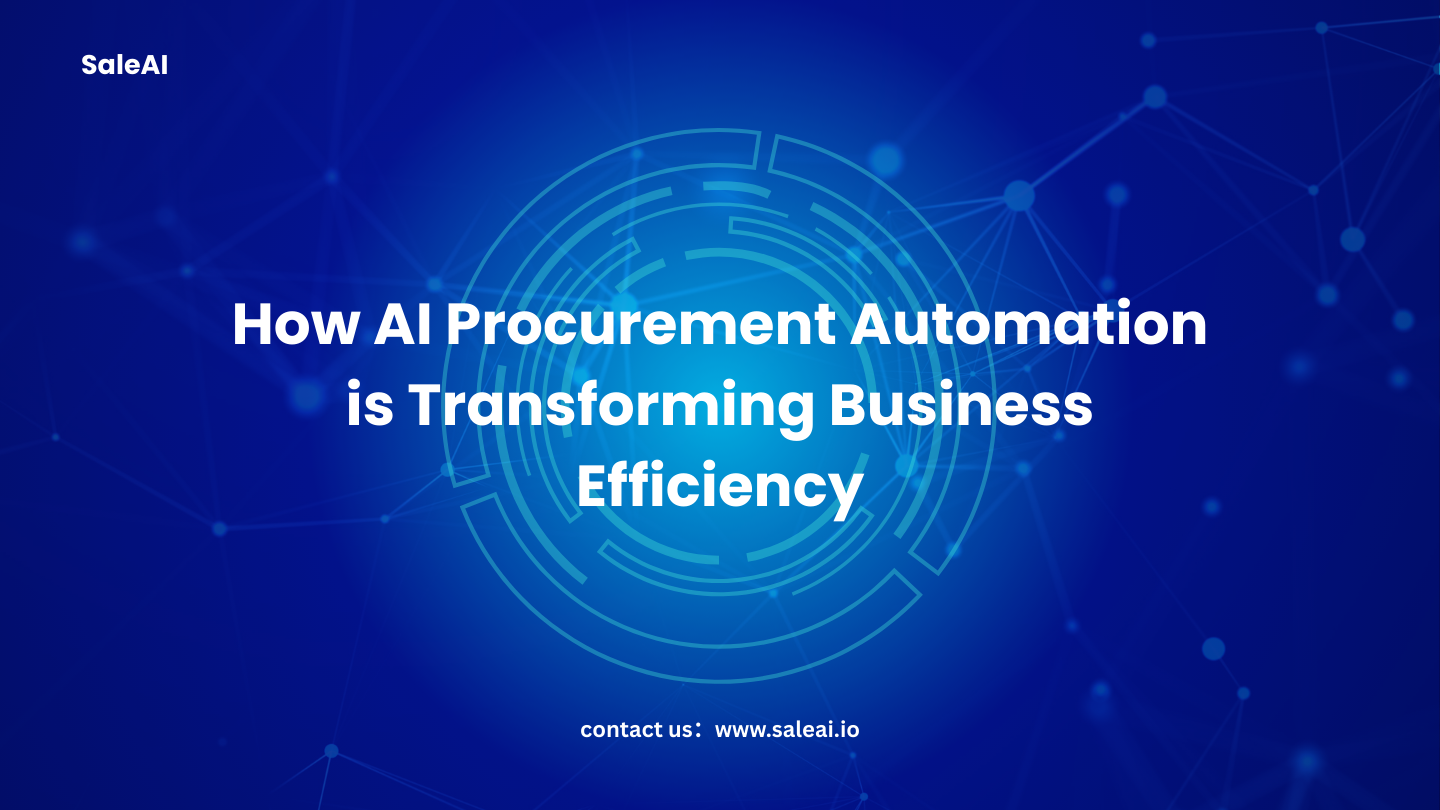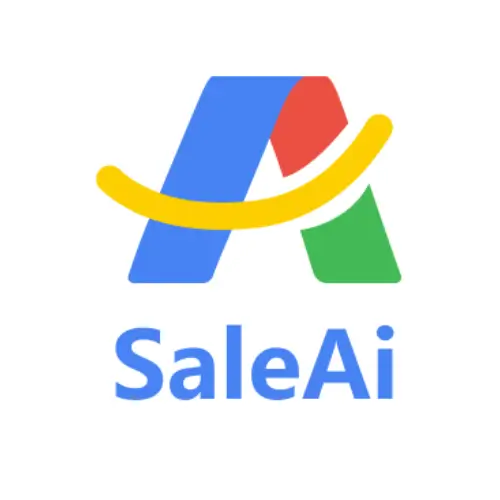
Imagine a world where procurement operates like clockwork—no delays, no errors, no inefficiencies. This isn’t science fiction; it’s the reality AI-powered procurement automation is creating.
1. The Quiet Evolution of Procurement
Procurement, once a manual and labor-intensive process, is undergoing a transformation that feels almost invisible—yet its effects are seismic. AI procurement automation is not just about speeding up processes; it’s about rethinking them entirely.
- From Reactive to Proactive:Traditional procurement reacts to needs; AI anticipates them.
- From Data Overload to Clarity:AI transforms scattered data into actionable insights.
- From Manual to Autonomous:Routine tasks are now handled by algorithms, freeing up human minds for strategic thinking.
This quiet evolution is reshaping how businesses source, negotiate, and manage suppliers.
2. The Invisible Workforce: How AI Works Behind the Scenes
AI in procurement isn’t flashy—it works silently, behind the scenes, creating efficiencies that humans often don’t notice until they experience the results.
2.1 Predictive Analytics
AI algorithms analyze historical data, market trends, and supplier behaviors to forecast future needs. This means fewer stockouts, better pricing strategies, and optimized supply chains.
2.2 Intelligent Automation
Repetitive tasks like purchase order creation, invoice matching, and contract renewals are automated. AI ensures accuracy, consistency, and speed, reducing human error to near zero.
2.3 Real-Time Decision Making
AI tools process real-time data, enabling procurement teams to make informed decisions instantly. Whether it’s spotting better pricing opportunities or flagging supplier risks, AI provides the insights needed to act quickly.
3. Why Businesses Are Embracing AI Procurement Automation
The shift toward AI-driven procurement isn’t just a trend—it’s becoming a necessity. Here’s why:
- Speed:AI handles tasks in seconds that would take humans hours or even days.
- Cost Savings:By identifying inefficiencies and optimizing spend, AI reduces procurement costs significantly.
- Risk Mitigation:AI continuously monitors suppliers, markets, and geopolitical events to minimize risks.
- Scalability:As businesses grow, AI scales effortlessly, managing increasing complexity without additional resources.
4. The Human-AI Partnership: A New Era of Procurement
Contrary to fears of AI replacing humans, procurement automation is enhancing human roles.
- Strategic Focus:With AI handling routine tasks, procurement professionals can focus on high-value activities like supplier relationships and innovation.
- Enhanced Decision-Making:AI provides data-driven insights, enabling humans to make better, more informed decisions.
- Collaboration:AI tools foster collaboration by centralizing data and providing a single source of truth for all stakeholders.
This partnership between humans and AI is creating a procurement function that is smarter, faster, and more strategic than ever before.
5. The Future of Procurement Automation
AI procurement automation is just the beginning. As technology evolves, we can expect even more groundbreaking changes:
- Self-Learning Systems:AI will continuously improve itself, learning from past decisions and outcomes.
- Hyper-Personalized Procurement:Tailored procurement strategies for every department, project, or even individual.
- Seamless Integration:AI will integrate with IoT, blockchain, and other technologies to create fully transparent and automated supply chains.
The future of procurement isn’t just about automation—it’s about innovation, efficiency, and creating value in ways we’ve never imagined.
Conclusion
AI procurement automation is quietly rewriting the rules of business. It’s not loud or disruptive—it’s seamless, intuitive, and transformative.
For businesses ready to embrace this silent revolution, the rewards are immense: lower costs, reduced risks, and a procurement function that drives strategic value.
The question isn’t whether to adopt AI procurement automation—it’s how quickly you can make it happen.




